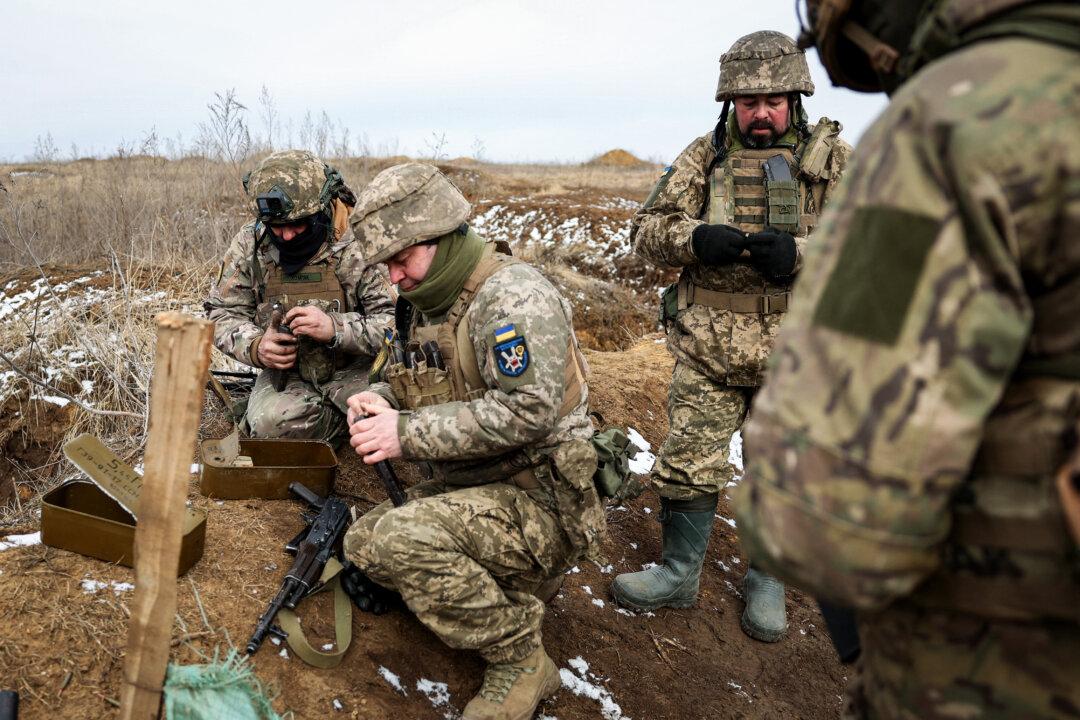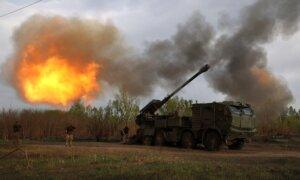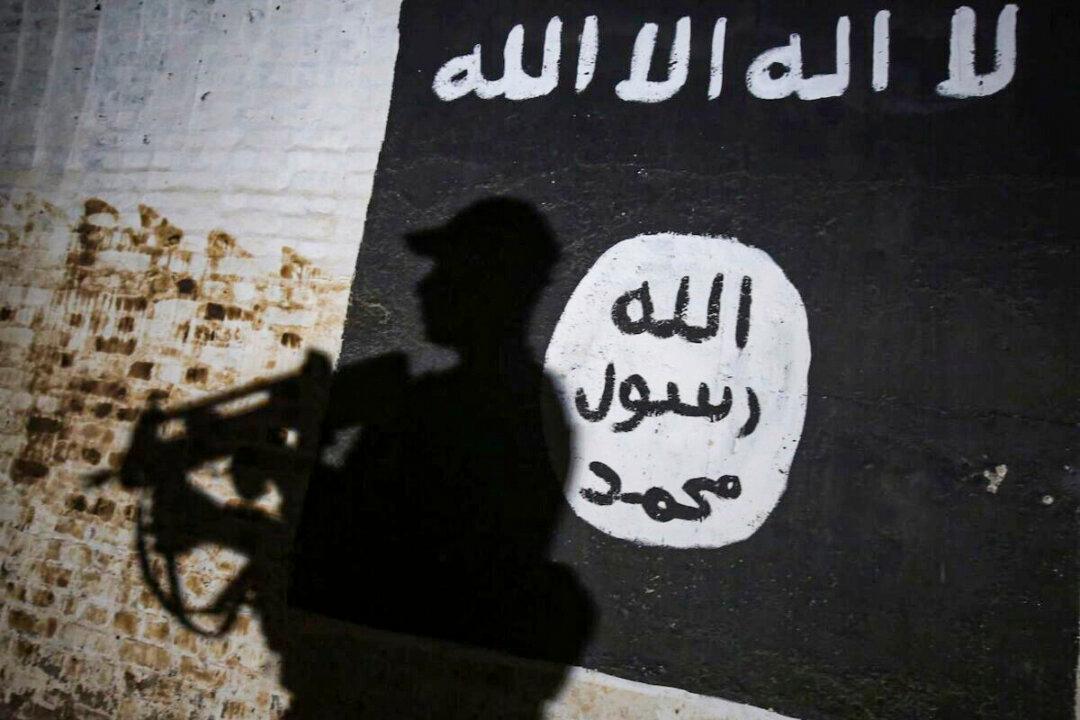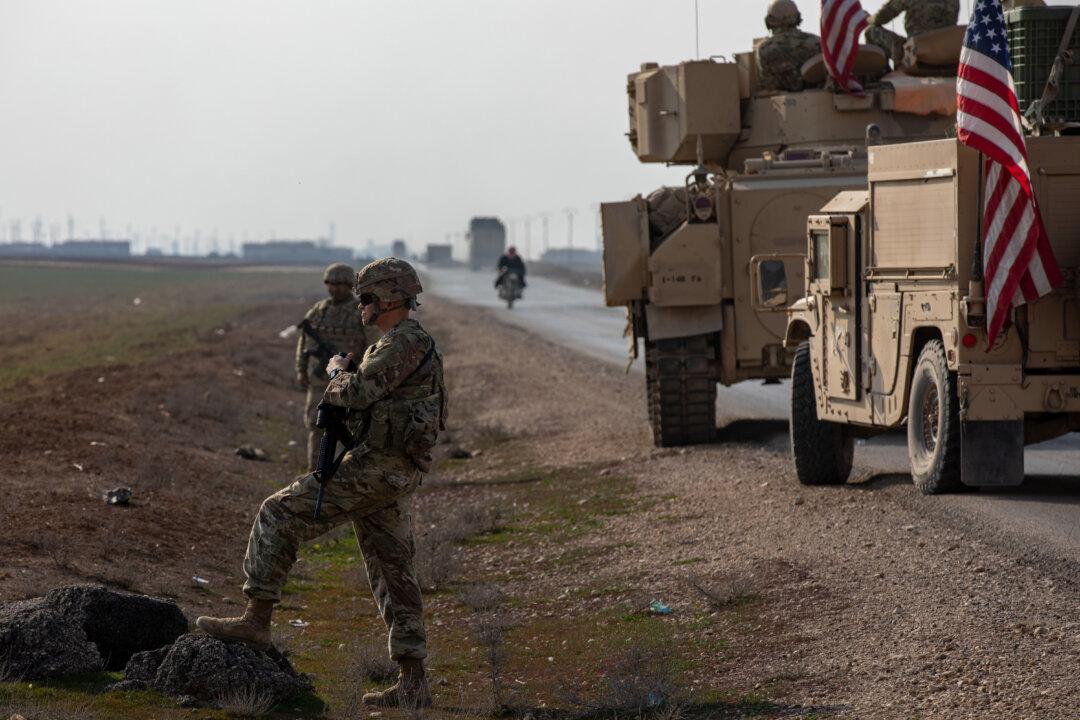The Biden administration is unveiling $6 billion in new security assistance for Ukraine as the embattled nation attempts to fend off Russia’s invasion.
Most security assistance delivered by the United States to Ukraine has thus far been made using presidential drawdown authorities, in which the president authorizes a dollar amount worth of weapons to be transferred to Ukraine directly from U.S. stockpiles.
However, the new package is different and is provided for in the Ukraine Security Assistance Initiative (USAI), an authority now funded by last week’s supplemental package and organized by the 50-nation Ukraine Defense Contact Group.
The USAI is an authority through which the United States will procure military capabilities from American industry or partners. The Pentagon’s announcement therefore also signals the beginning of a new contracting process to procure more weapons for Ukraine.
“This USAI package highlights the strong and unwavering U.S. commitment to meet Ukraine’s most pressing immediate and longer-term capability needs to fight Russian aggression as part of the global coalition we have built with some 50 Allies and partners,” the Pentagon statement reads.
The $6 billion package includes Patriot missiles, High Mobility Artillery Rocket Systems (HIMARS), counter-drone equipment, radar technology, 155mm artillery rounds, small arms ammunition, tactical vehicles, and several other highly valuable systems.
U.S. assistance has thus far included the delivery of more than 3 million 155mm artillery rounds, 31 Abrams battle tanks, more than a thousand armored and light tactical vehicles, several dozen boats, and 10,000 Javelin anti-armor systems, to name just a few.
Officials within the department have also acknowledged that the nation’s continued deliveries of key systems to Ukraine have had some negative effects on U.S. military readiness.
“We have the ability to move funds out of our stocks, but without the ability to replenish them, we are putting our own readiness at some risk,” one official said during a press call in March.
Impasse aside, neither Kyiv nor Moscow has suggested a real willingness to engage in good-faith negotiations to end the war.
It is unclear to what extent Ukraine will be able to leverage the new weapons deliveries and whether the systems will lead to breakthroughs on the front lines or only prevent further Russian advances. Kyiv has faced numerous equipment and manpower shortages over the winter, as well as problems associated with Russian strikes on food and energy infrastructure.







